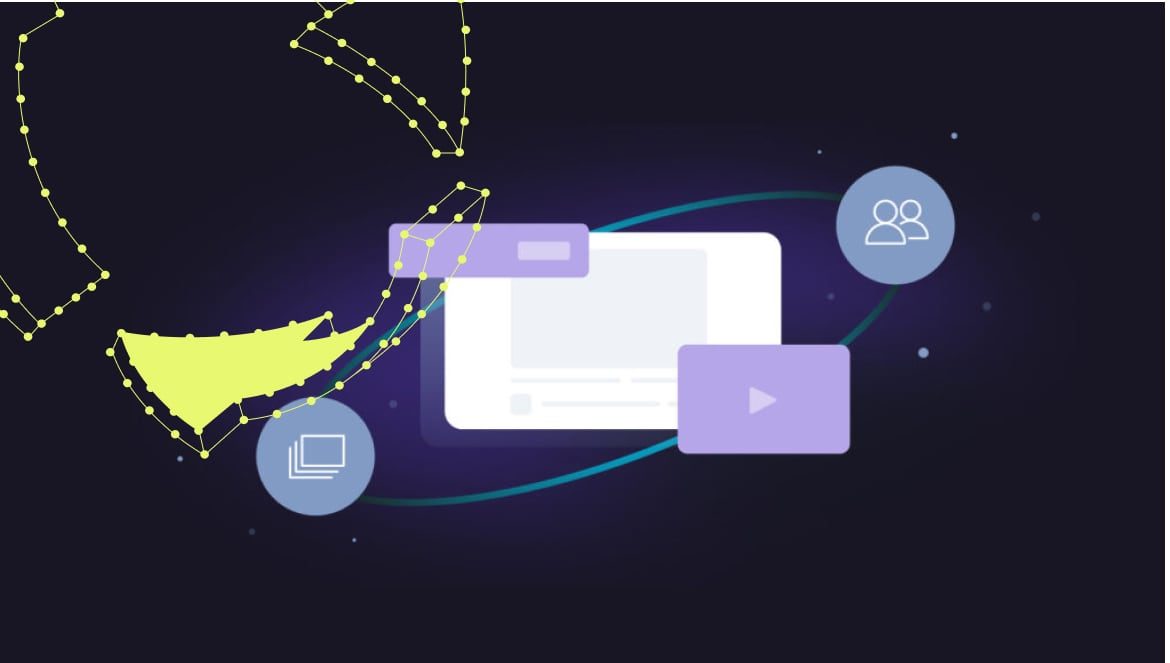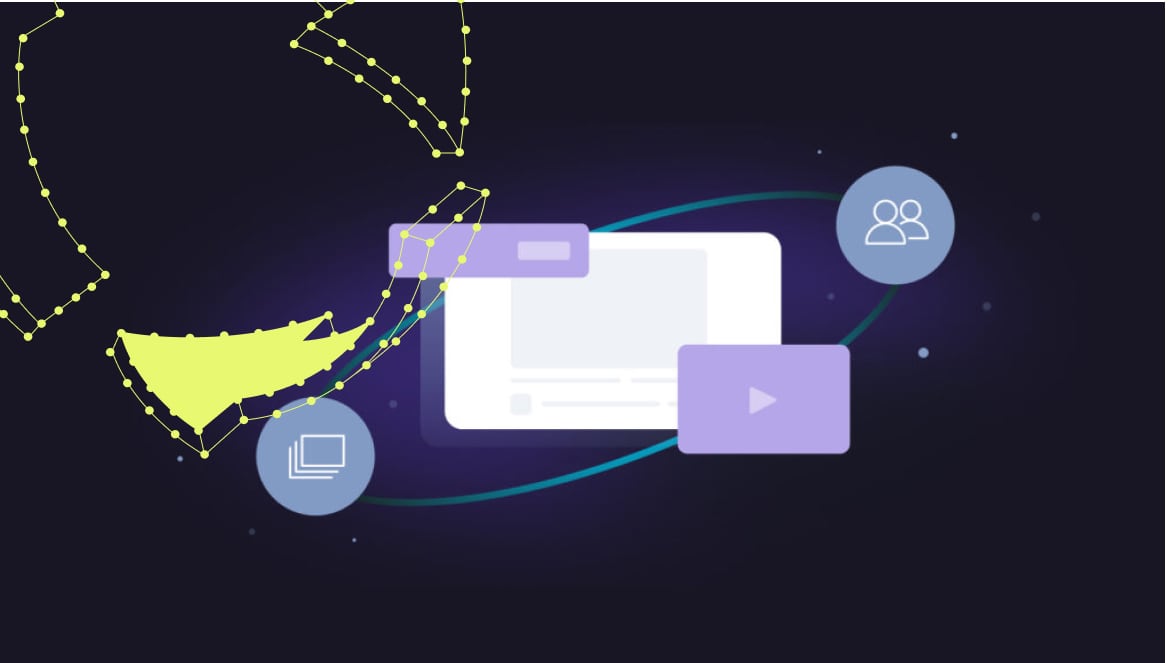The digital marketing landscape is evolving rapidly, and affiliate marketing is at the forefront. As a result, businesses and marketers are continually seeking innovative ways to promote their products and services to maximize conversions and revenue. Among these, teaser networks have emerged as a highly effective solution. In this article, we delve into the top 10 teaser networks for 2023 and discuss their pros and cons.
1. TraffCore
Pros
- TraffCore is known for its advanced targeting options, ensuring that your ads are displayed to the most relevant audience.
- The platform offers excellent analytics tools to help you track your campaign’s performance.
- TraffCore provides high-quality traffic from its network of verified publishers.
Cons
- The minimum deposit amount is relatively high, which might not be suitable for smaller businesses or affiliates.
- The user interface can be challenging to navigate for beginners or non-tech savvy users.
2. Mgid
Pros
- Mgid allows you to access a large inventory of native ads across various devices and platforms.
- The platform offers a self-serve platform, giving you complete control over your campaigns and budgets.
- Mgid provides 24/7 customer support via live chat, phone, or email.
Cons
- The platform may require higher CPC bids to secure placement in their top publisher sites.
- Mgid’s user interface may not be as intuitive for first-time users.
3. PropellerAds
Pros
- PropellerAds boasts a massive network of publishers, which means more coverage and visibility for your campaigns.
- The platform offers a wide range of ad formats, including push notifications and interstitials.
- PropellerAds has an easy-to-use interface that caters to both beginners and experienced marketers.
Cons
- Some users report difficulty in maintaining desired ad placements within the network.
- PropellerAds’ minimum deposit might be too expensive for small businesses or affiliates with limited budgets.
4. AdsKeeper
Pros
- AdsKeeper offers real-time analytics and optimization features, allowing for greater campaign tracking and efficiency.
- The platform provides a variety of ad formats, including native ads and rich media.
- AdsKeeper has an extensive publisher network, ensuring high-quality traffic for your campaigns.
Cons
- The platform may require higher bid amounts to ensure placements on top publisher sites.
- AdsKeeper’s self-serve platform may be challenging to navigate for some users.
5. Dao.ad
Pros
- Dao.ad provides useful analytics tools to monitor and optimize your campaigns.
- They offer a variety of ad formats, including push notifications and popunders.
- Dao.ad has an extensive publisher network that ensures your ads are displayed to a relevant audience.
Cons
- The platform’s customer support options may not be as responsive as those of other networks.
- You may encounter difficulties in securing placements on high-quality publisher sites if you have a limited budget.
6. RollerAds
Pros
- RollerAds is known for its push notification ads, which effectively reach and engage target audiences.
- The platform provides extensive targeting options to ensure campaign relevancy.
- RollerAds offers a user-friendly interface, making it suitable for newcomers to the affiliate marketing world.
Cons
- The platform only supports push notification ads, which can be limiting in terms of ad variety.
- RollerAds may require higher bids to secure ad placements on desirable publisher sites.
7. RichAds
Pros
- RichAds offers a large inventory of quality traffic sourced from various publishers.
- The platform provides robust targeting options, ensuring that you reach a relevant audience.
- RichAds supports a variety of ad formats, including push notifications and popunders.
Cons
- RichAds may require higher minimum deposits or CPC bids, making it less accessible for businesses or affiliates with limited budgets.
- Some users report difficulties in maintaining desired ad placements within the network.
8. Evadav
Pros
- Evadav is highly reputed for its push notification ads and native ads.
- The platform offers advanced targeting options, ensuring you reach the most relevant audience for your campaigns.
- Evadav provides real-time analytics, enabling you to track and optimize your campaigns.
Cons
- The minimum deposit for Evadav might be more expensive than other teaser networks.
- You may encounter challenges in securing placements on top publisher sites if your budget is limited.
9. AdPartner
Pros
- AdPartner offers a variety of ad formats, including native ads, banner ads, and video ads.
- The platform provides an easy-to-use interface, making it beginner-friendly.
- AdPartner has a sizeable publisher network, ensuring high-quality traffic for your campaigns.
Cons
- The platform may require higher minimum deposits, making it less accessible for affiliates with limited budgets.
- You may experience difficulties in securing placements on highly sought-after publisher sites.
10. Pay-Click
Pros
- Pay-Click is a reliable and versatile platform that supports multiple ad formats, including native ads and popunders.
- The platform provides advanced targeting options to ensure the most relevant audiences see your campaigns.
- Pay-Click offers real-time analytics to help you monitor and optimize your campaigns.
Cons
- The minimum deposit for Pay-Click might be comparatively more expensive than other teaser networks.
- Securing placements on top publisher sites with a limited budget may prove challenging.
FAQ
What are teaser networks in affiliate marketing?
Teaser networks in arbitration are online advertising platforms that specialize in promoting teaser ad campaigns. They act as intermediaries between advertisers and publishers, creating an ecosystem where advertisers can access a vast network of publishers with quality traffic and publishers can monetize their websites through appealing advertiser content. Teaser networks play a crucial role in simplifying the process of creating, managing, and optimizing teaser ad campaigns.
How does teaser advertising work?
Teaser advertising is a type of online marketing that uses attention-grabbing headlines, visuals, or short pieces of content to pique a user’s curiosity and entice them to click on an ad or follow a link for more information. These ads are usually designed to be visually engaging and hint at the content or message without revealing everything upfront. Once a user clicks on the teaser ad, they will be directed to the advertiser’s landing page or offer, where they can learn more about the product or service and potentially convert into customers.
What is the difference between a teaser and a banner?
A teaser ad is a type of digital advertisement that uses intrigue and suspense to pique users’ curiosity, encouraging them to click on the ad to reveal more information about the offer or product. Teaser ads often employ catchy headlines, visuals, and minimal content, focusing on eliciting curiosity and user engagement.
On the other hand, banner ads are a more traditional form of digital advertisement that typically consist of an image or animation with concise text overlay. Banner ads aim to communicate a clear message and promote a product or service in a more straightforward manner. Banner ads are generally placed at the top or side of a web page to maximize visibility and impact.
How to run a teaser ad?
To run a teaser ad, follow these steps:
- Define your target audience: Identify the demographics, interests, and online behavior of the consumers you wish to reach with your teaser ad.
- Choose a teaser network: Research and select a reputable teaser network to maximize your advertising efforts, considering factors such as ad formats, targeting options, traffic quality, and pricing.
- Create a compelling teaser: Design an eye-catching teaser that sparks curiosity and entices users to click on your ad. Ensure that the visuals, headline, and limited content remain consistent with your overall marketing message.
- Set up the campaign: Configure the ad campaign on the teaser network platform, defining campaign parameters such as targeting criteria, budget, bids, and duration.
- Monitor and optimize performance: Regularly track the performance of your teaser ad campaign through analytics provided by the teaser network. Use these insights to make data-driven decisions and optimize your campaign for better engagement and conversions.
- Measure your success: Evaluate your campaign’s overall performance by analyzing key performance indicators (KPIs) such as click-through rate (CTR), conversion rate, and return on investment (ROI). This will help you determine the effectiveness of your teaser ad campaign and inform future advertising efforts.
Conclusion
It’s essential to consider various factors when selecting the best teaser network for your affiliate marketing efforts, including targeting options, pricing, ad formats, and user experience, among others. By carefully evaluating the pros and cons of each teaser network mentioned above, you can make a well-informed decision and maximize your campaigns’ performance and returns.





